In English
27 de janeiro de 2021
A Spokesperson for Brazilian Science – Level 3
Article published in Joca 163
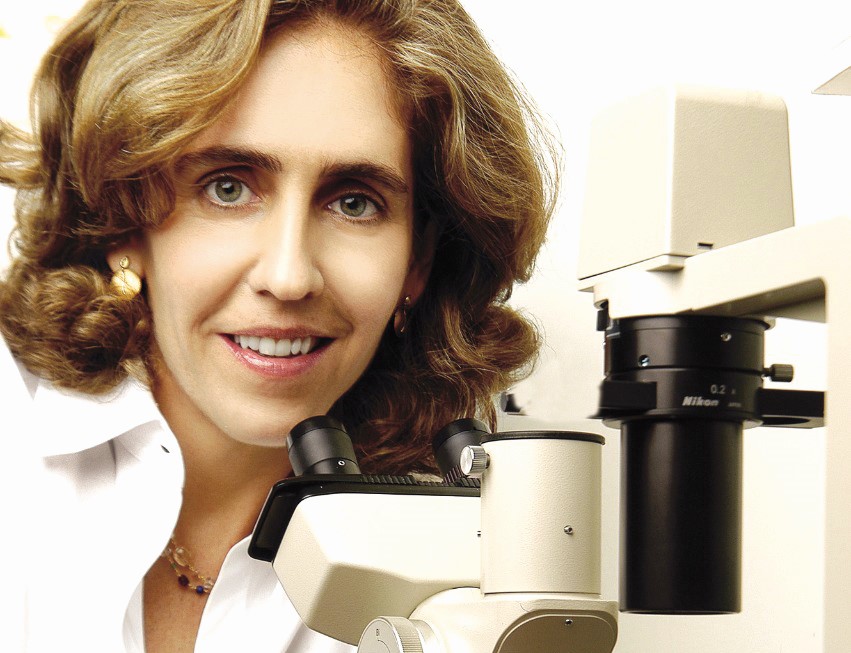
Understanding how humans function, down to the smallest detail, is what fascinates many scientists. This is also true for Brazilian Lygia da Veiga Pereira, a genetics professor at the University of São Paulo (USP) and the head of the DNA do Brasil Project.
In an interview with junior reporter Thomas C., 10, from São Paulo (SP), Lygia talks about her work with stem cells and explains her research on the DNA of Brazilians. Check it out below.
How were you trained professionally?
When I was in my third year of computer engineering, I started researching genetic engineering, which was a novelty at the time. Genetic engineering meant the possibility of manipulating the genes of living beings. I was fascinated and worked as an intern in a laboratory that was studying the Drosophila fly – the one that flies around bananas. Instead of graduating with a degree in engineering, I graduated with one in physics and went on to do a doctorate in human genetics.
What are stem cells?
First let us understand cells. We can compare them to the walls of a house: just as walls are made of bricks, living beings are made of cells. There are muscle cells, others are bone cells, there are neurons in our brains… A stem cell is like a joker card, it has not decided yet whether it will become a brain, heart, liver, or skin cell… it can become any type of cell.
How does stem cell research help humans?
The most well known use of stem cells is in research to develop therapies [treatments] for different diseases. When a car breaks down, we take it to the mechanic, and he changes a part. Imagine if we could do this with the body, like changing the heart – you have organ transplants, but they are difficult and depend upon having a donor. Think about a heart attack (when heart cells die), and how it might be possible to introduce new cells into the organ, replacing those that died. The idea behind stem cells is to convert them into the cells of an organ, such as the heart, and use them in heart attack cases, for example. We also use stem cells to understand how the body works – without having to remove brain cells from a person who has a disease, for example. Using a patient’s stem cells, I can “create” neurons in the laboratory and study them.
Will stem cells help manage pandemics in the future?
They will help us understand how diseases work. For example: in our lab, we have stem cells that have been made into lung cells; they can be infected with the new coronavirus and used to test drugs to see which one prevents the virus from installing itself.
What is the DNA do Brasil project?
Let’s start by understanding what DNA is. Humans arise from a single cell. This cell multiplies and some will become skin, bone, the heart … But how does a single cell know how to make this incredible transformation? It follows a recipe that is coded inside the single starting cell: the DNA. The DNA is a substance that is inside the cells and has a recipe, which nature will follow to make up a person. To understand how a human functions at the most detailed level, about 20 years ago, scientists wanted to find out what the entire sequence of human DNA was. However, people are not identical. From this, came the interest in finding out what is different in each person’s DNA to understand which part is responsible for each trait (nose shape, height, eye colour). To do this, many countries have started to research the DNA sequence of thousands of people and compare this material, but no study had been done with the Brazilian population.
What has the research already shown?
Present-day Brazilians are a mix of indigenous, European, and African DNA, with different proportions [according to each person]. This makes our population, from the DNA point of view, very different from others around the world. The DNA do Brasil project places the country on this human DNA map. We will learn a lot about the DNA parts that influence the health of Brazilians. We also have identified pieces of DNA from indigenous people who were exterminated in the past [during the colonization of Brazil], but which can still be found in the current population. And it is still possible, from the African portion of the DNA that can be found in people, to identify which part of Africa their ancestors are from.
Questions
1) What did Lygia, the scientist, study first at the university?
a) Genetics
b) Genetic engineering
c) Computer science engineering
d) Physics
2) Would you like to become a scientist who studies how human beings work? Why?
Ixi! Você bateu no paywall!
Ainda não é assinante? Assine agora e tenha acesso ilimitado ao conteúdo do Joca.
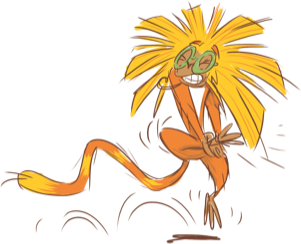
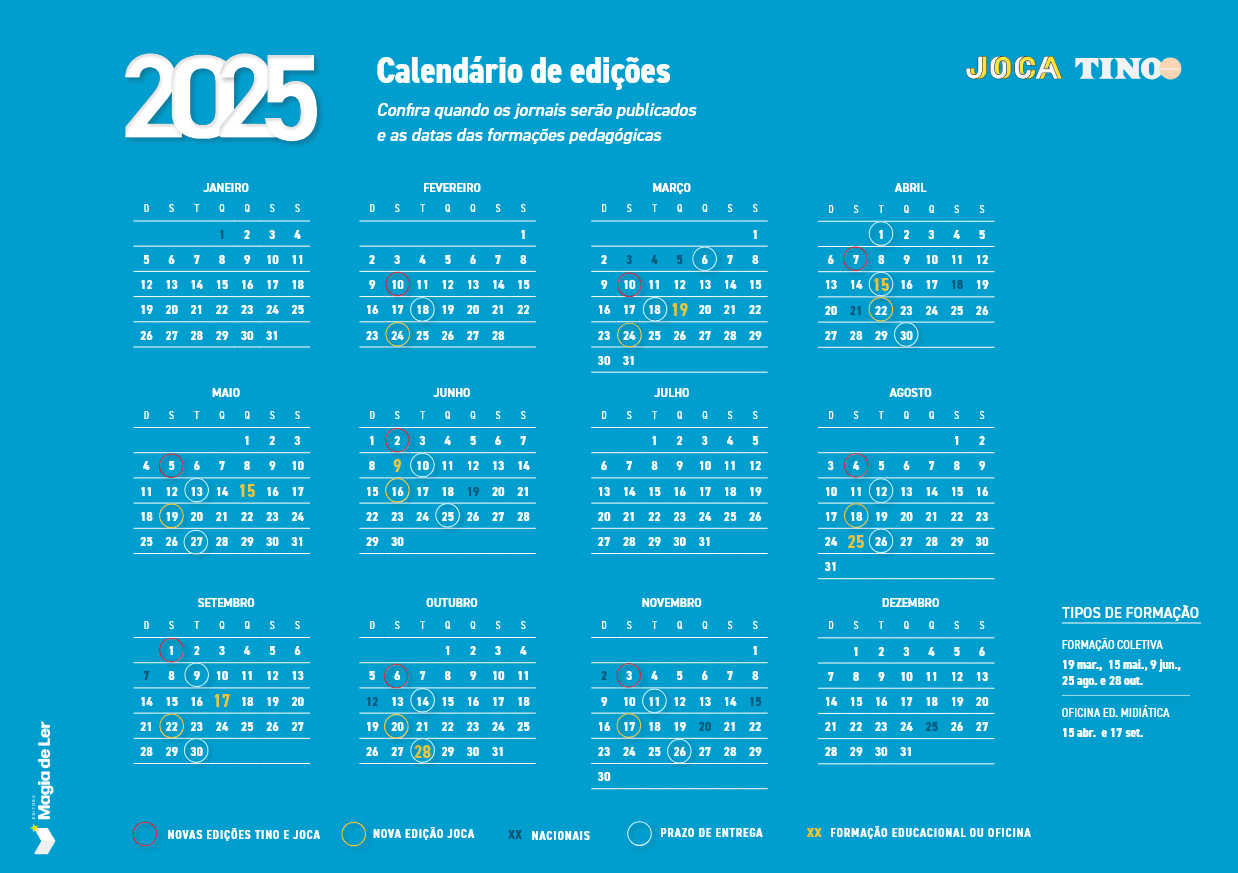
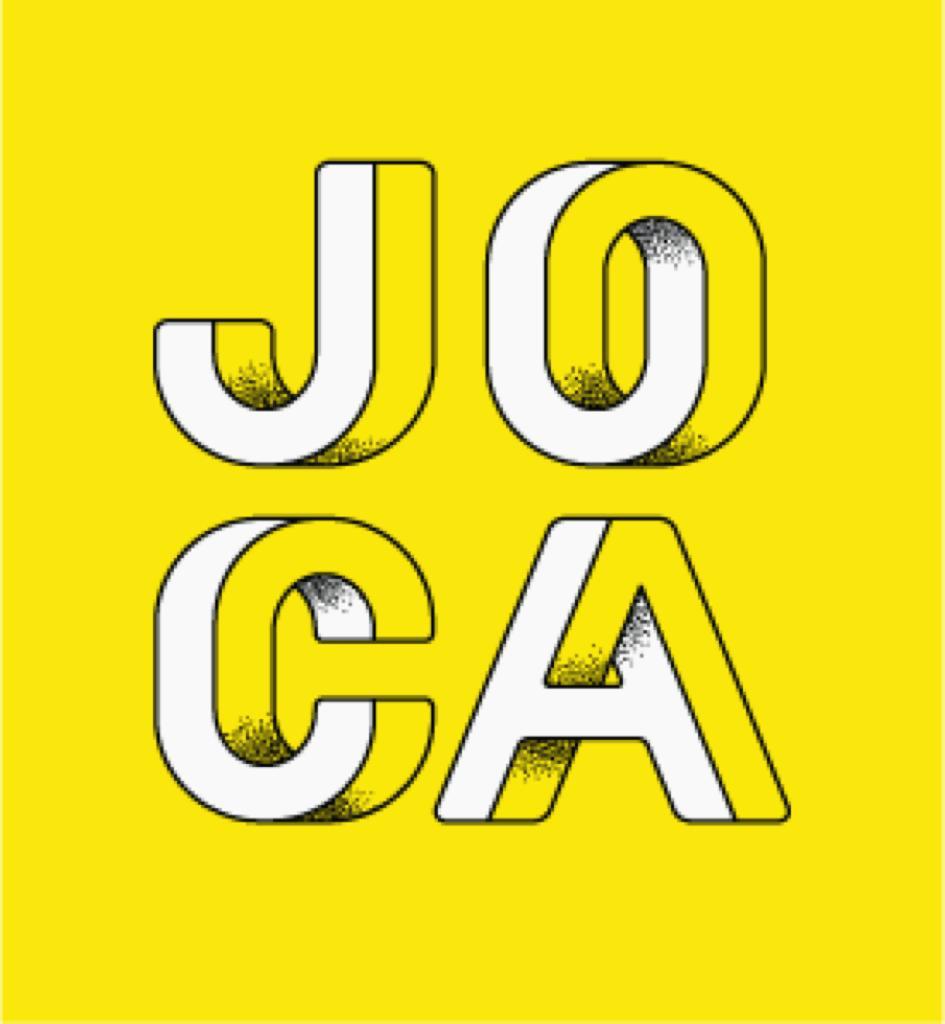





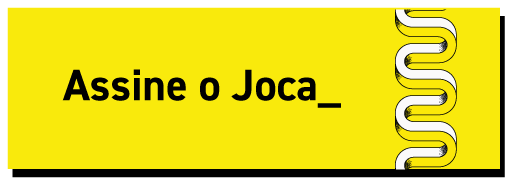
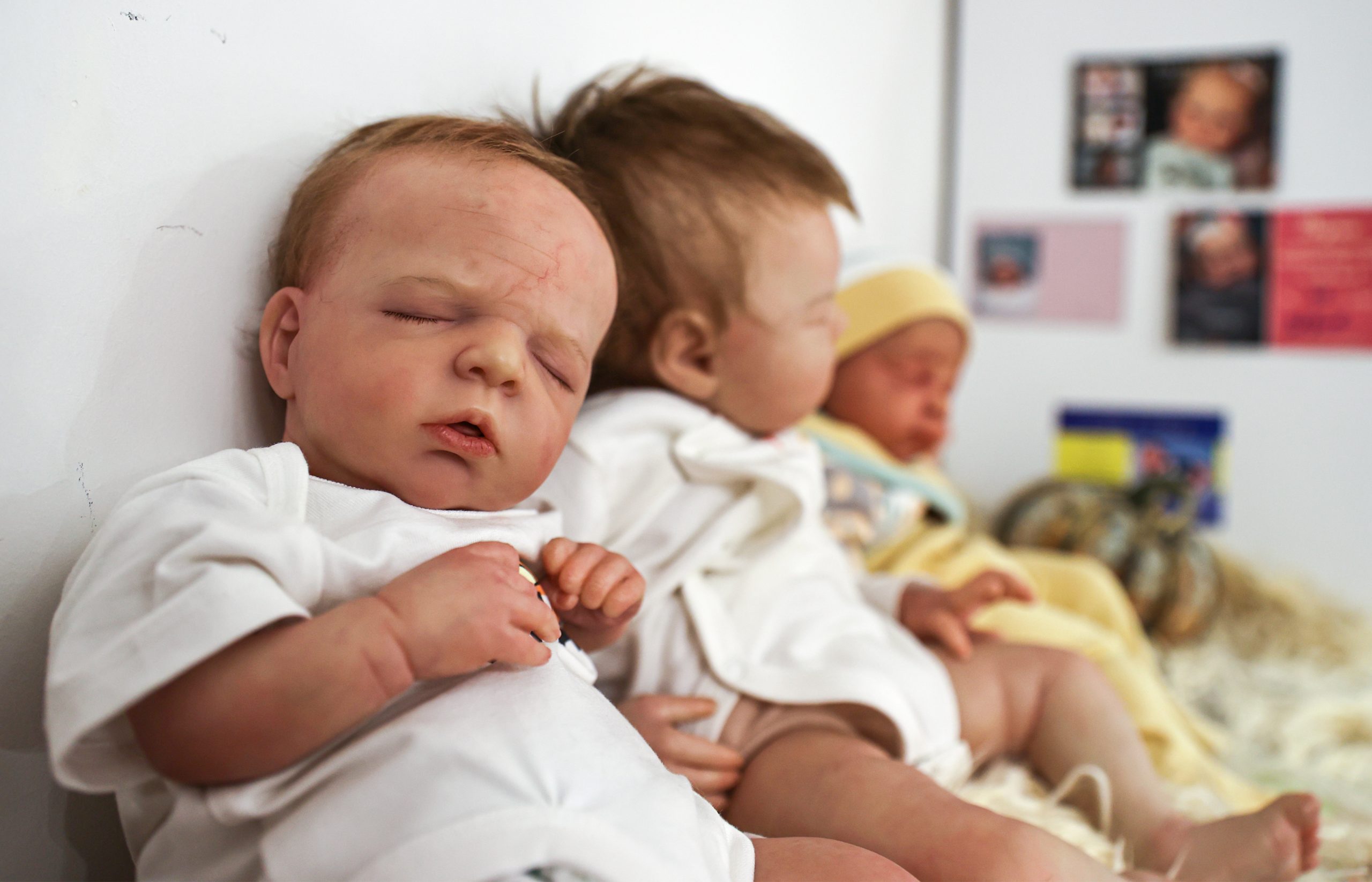
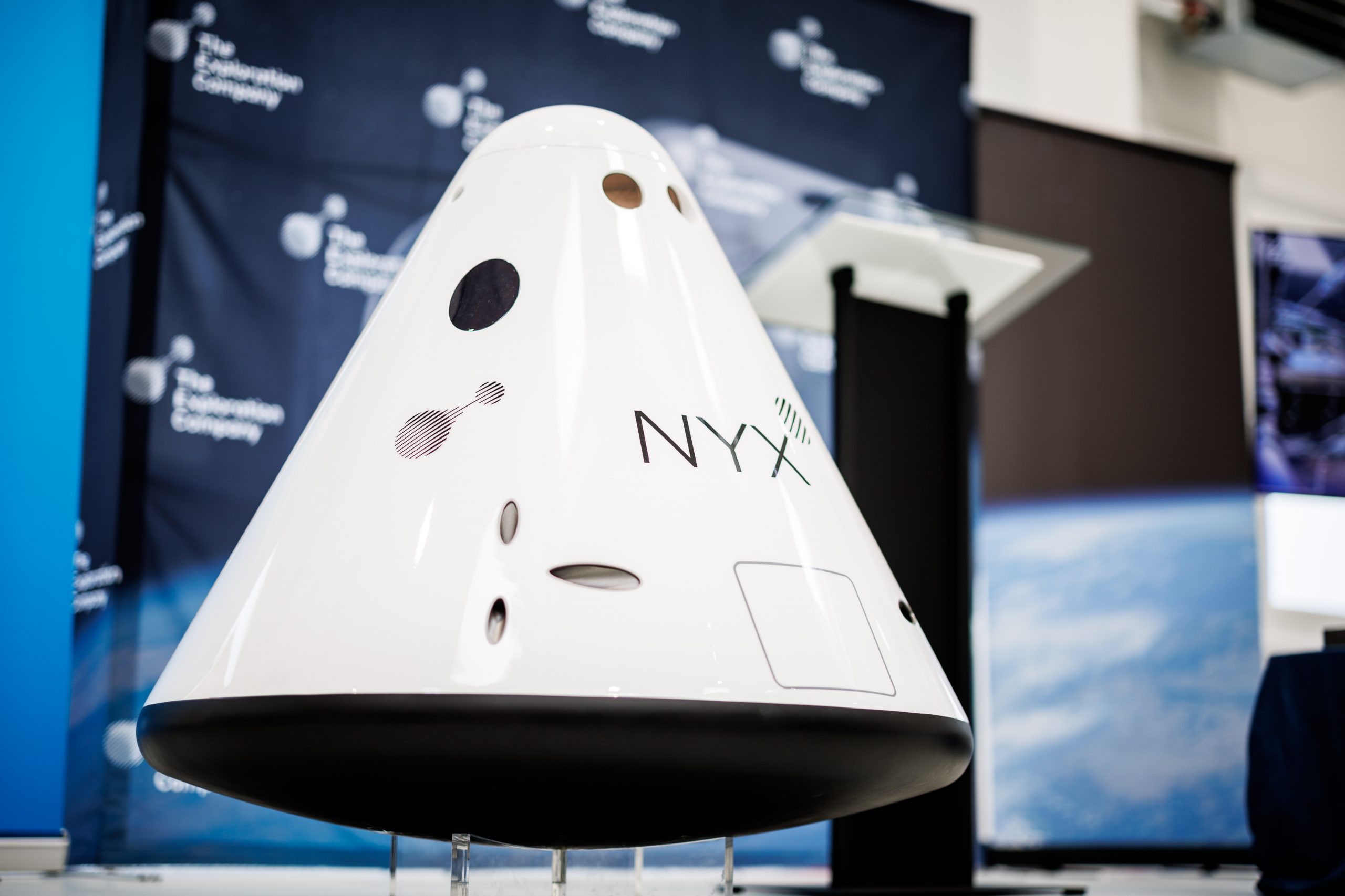
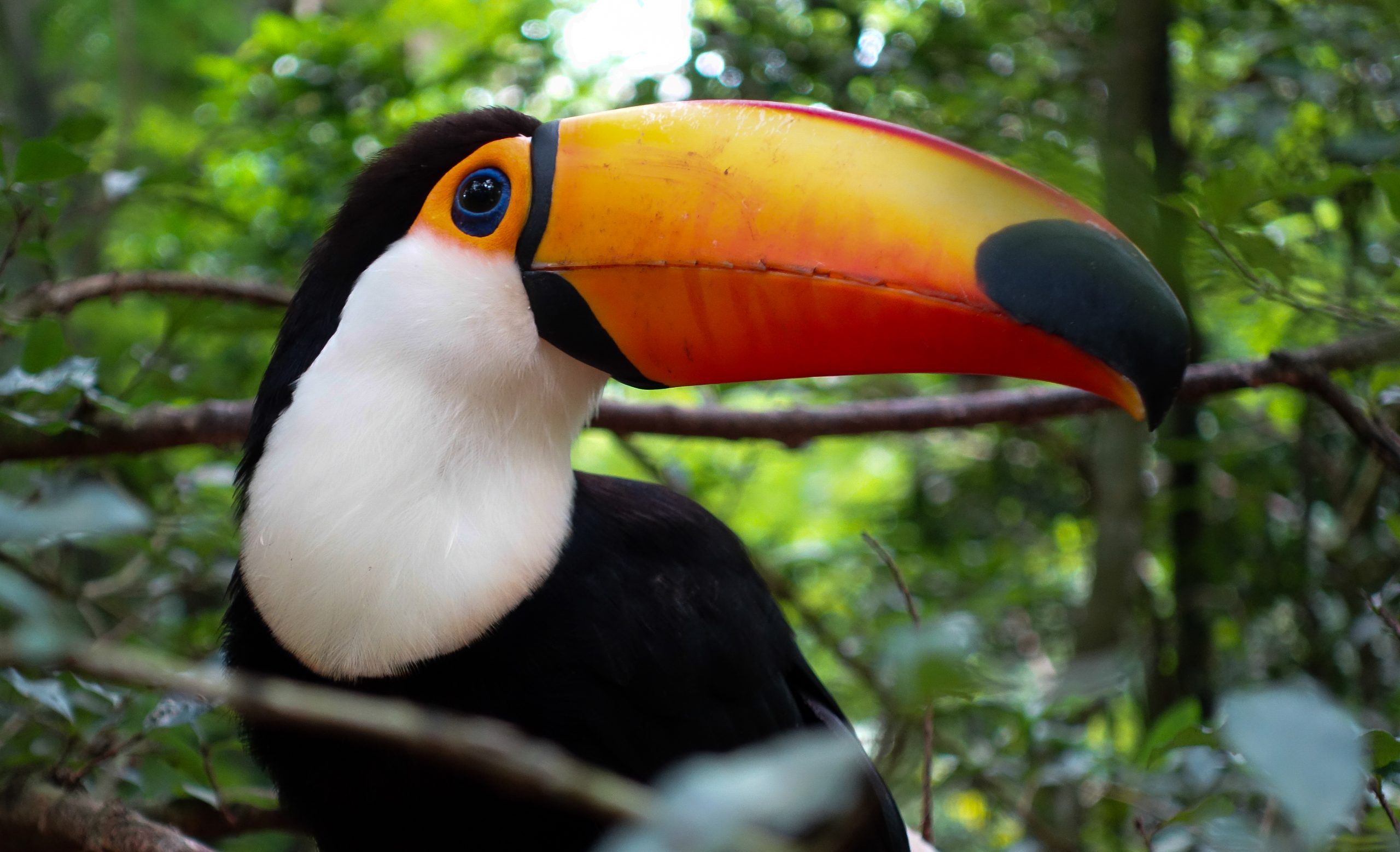
Você precisa fazer o login para publicar um comentário.